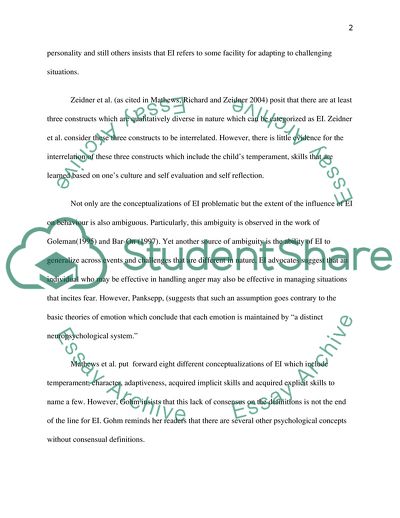Cite this document
(The Seven Myths of Emotional Intelligence Coursework, n.d.)
The Seven Myths of Emotional Intelligence Coursework. Retrieved from https://studentshare.org/technology/1710749-seven-myths-of-emotional-intelligence
The Seven Myths of Emotional Intelligence Coursework. Retrieved from https://studentshare.org/technology/1710749-seven-myths-of-emotional-intelligence
(The Seven Myths of Emotional Intelligence Coursework)
The Seven Myths of Emotional Intelligence Coursework. https://studentshare.org/technology/1710749-seven-myths-of-emotional-intelligence.
The Seven Myths of Emotional Intelligence Coursework. https://studentshare.org/technology/1710749-seven-myths-of-emotional-intelligence.
“The Seven Myths of Emotional Intelligence Coursework”. https://studentshare.org/technology/1710749-seven-myths-of-emotional-intelligence.


